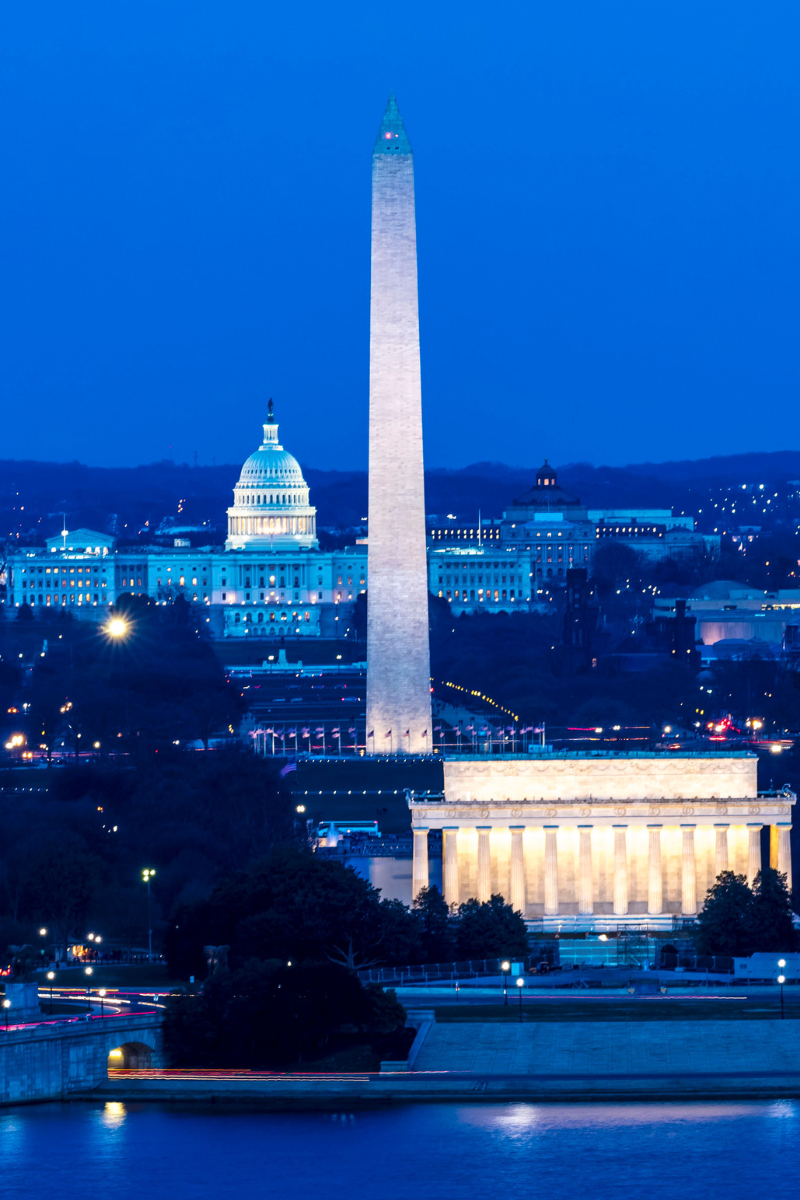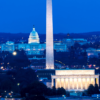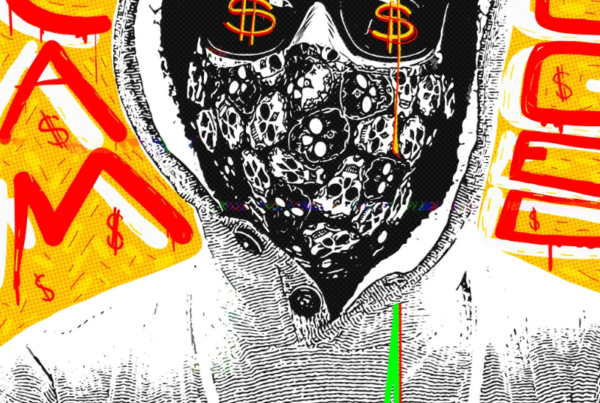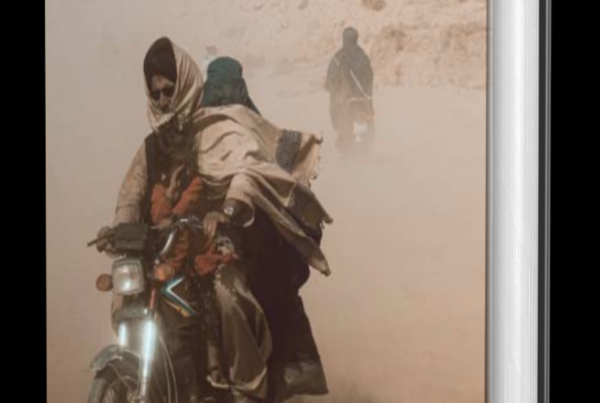The global human trafficking industry is worth $150 billion. The problem, however, is not limited to the far and wide. Trafficking, or modern slavery, occurs every day here in the United States, affecting the most vulnerable.
Surprisingly, the nation’s capital – the leader of the free world and the base for federal law enforcement, the judiciary, and lawmakers – is the leading destination for predators to prey. But why?
The Trafficking Victims Protection Act of 2000 characterizes modern slavery as “sex trafficking in which a commercial sex act is induced by force, fraud, or coercion, or in which the person induced to perform such an act has not attained 18 years of age” or “the recruitment, harboring, transportation, provision, or obtaining of a person for labor or services, through the use of force, fraud, or coercion for the purpose of subjection to involuntary servitude, peonage, debt bondage, or slavery.”
While headlines rarely surface about trafficking in the District of Columbia, which further benefits the unscrupulous vultures, officials have growing concerns regarding the lack of preparedness. In 2017, local reporters exposed a human trafficking ring operated by two men allegedly selling underage girls for sex online – operating a few blocks from the White House and crossing state lines between D.C. Maryland and Virginia.
Sadly, this is just one of many rackets running rampant inside DMV neighborhoods – a murky and maddening underground component of D.C. life. Behind its ivory monuments and clean streets, the capital is also home to sizeable economic imbalances, further inflamed by racial inequalities, making the region an arable landscape for trafficking.

A 2018 analysis of trafficking statistics compiled by the District of Columbia Statistical Analysis Center surmised that the majority of human trafficking cases in the District involve sex trafficking, whereby victims are baited through an array of methods, primarily social media, and compelled into the commercial sex industry.
“In some cases, victims responded to ads in newspapers to work for massage parlors, but instead, they were coerced into performing sexual acts in addition to or in lieu of providing massage services,” the report claimed. “Traffickers may solicit prospective ‘buyers’ through residential brothels, on the streets, in strip clubs, or advertising online through websites.”
Moreover, most of those impacted are minors and, disproportionately, children of color. While anyone can be a victim of these heinous crimes, those under eighteen are especially susceptible to manipulation and misleading pledges to obtain dependency. Traffickers will often target those most susceptible to slipping through social cracks, including runaway teens, homeless youth, immigrants, and domestic violence or social ostracization sufferers.
In the case of D.C., the city’s power structures and flagrant economic discrepancies exacerbate the problem. In some cases, families themselves coerce minors into providing an additional stream of income, which lands them in a trafficker’s iron fist. Other times, foreign nationals bring victims into the area portrayed as tourists, making such circumstances challenging to detect and report.
Geography also plays a part. Given that D.C. is situated close to the trafficking hubs of New York and Maryland, traffickers can easily and quickly move victims from one place to the next.
Terrifyingly, human trafficking is the fastest-growing and second-largest growing criminal enterprise on the planet – second only to the smuggling of drugs. Moreover, children comprise half of the victims of human trafficking on an international scale, with twelve as the average age of victims.
So, what action is taking place to fight this egregious crime inside our nation’s capital?
The U.S. Department of Health and Human Services’ most recent “Effort to Combat Human Trafficking” report focuses on the District of Columbia. It reaffirms that most cases in the region involve sex trafficking, with victims lured through online ads and social media promising work and then groomed into engaging in the supply of sex acts.
“Grooming occurs when traffickers seduce victims with stability through finances or fake promises of love to gain their trust before forcing them into labor or sex trafficking using physical, sexual, or emotional abuse tactics and financial manipulation,” the report continues. “This can include threatening to harm the victim or the victim’s family or taking away their employment or financial stability. Based on the information received for this report, traffickers may transport victims throughout the District or over state lines to Virginia or Maryland to meet with potential buyers. These buyers may have been solicited through various means, including brothels, strip clubs, online advertising, and on the streets.”
Nevertheless, the prevalence of such modern slavery in the District of Columbia is a challenge to determine, even with the hefty weight of multiple federal agencies tasked to investigate, including the Federal Bureau of Investigation (FBI) within the Department of Justice (DOJ), U.S. Immigration and Customs Enforcement Homeland Security Investigations (ICE-HSI) within the Department of Homeland Security (DHS) and the Diplomatic Security Service (DSS) within the Department of State (State), to the Department of Defense (DoD); and the Department of Interior (DOI).
As the HHS analysis points out, suspects are further hurt by the incomplete data available, particularly considering that human trafficking offenses often go unreported to law enforcement.
“In the event that human trafficking incidents are reported to law enforcement, suspect and victim demographics may not be shared as a result of the sensitive nature of these types of cases, specifically those where investigations are ongoing,” the report asserts. “Considering this, it is difficult to identify real trends as there may be information missing that can help paint a full picture of human trafficking in the District of Columbia.”
In conclusion, much more must be done within the chiefdom of the free world to clamp down on this horrific crime. Human trafficking is an affliction that feasts on the vulnerable and persistently churns in our backyard.











